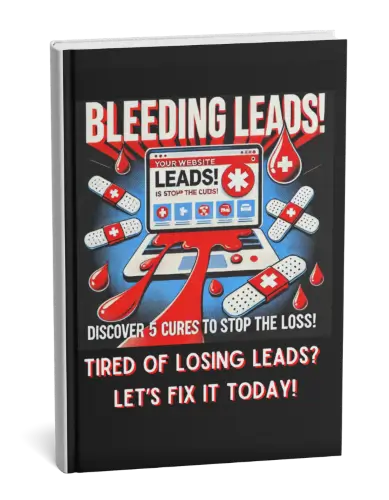
An enduring relationship, whether personal, professional, or digital, is built on trust, mutual respect, and consistent effort. It’s not about perfection but about adaptability. Just like strong code or a well-built website, long-lasting relationships evolve and strengthen over time when both sides stay open and committed.
Enduring relationships are the foundation of great client experiences. In web development, that means listening to clients, understanding their goals, and continuing to support them after launch. A lasting partnership, like good code, requires maintenance, communication, and flexibility to grow with new challenges.
Start by being honest and reliable. Show appreciation, follow through on promises, and stay curious about the other person’s needs or vision. The article suggests that endurance isn’t about avoiding change, it’s about learning and adapting together so the connection remains meaningful over time.
“The glue that holds all relationships together, including the relationship between the leader and the led is trust, and trust is based on integrity.” – Brian Tracy
What is most people’s definition of a relationship? In terms of human relations, according to Wikipedia, a relationship means a strong, deep, or close association or acquaintance between two or more people.
In terms of math and logic, there is a binary relation R from A to B when set A is related to a set B if A is a subset of B or if A is not a subset of B or if A is the complement of B.
Given an ordered pair (x,y) in A x B, x is related to y by R, therefore x R y if and only if (x,y) is in R.
While binary relations are the most common type of relation, there is also a more general relation called n-ary relationship where there is a subset of Cartesian product of n sets (where n is infinite).
In other words, relationships are complex.
To simplify the logic above, let us take a real world example.
Currently, I have been reading a book called Hug Your Customers by Jack Mitchell and it gives excellent illustrations on how to “develop long-lasting business relationships and customer loyalty”.
The main point is people come first.
The way the founder / owner treats their employees / vendors (associates according to the book) relates back to how the employees / vendors will eventually treat their customers.
Everyone is related to someone. A happy employee / vendor equals a happy customer and that equals a happy founder / owner and growing business.
But how do we achieve this happiness all-around result?
The answer to that lies in how you handle relationships.
Relationship changes depending on whom you come in contact with. Why?
No two people are alike. Everyone has different preferences: likes and dislikes.
Even though relationships are complex, that doesn’t necessarily mean it has to be complicated.
If you know your business well, you should be able to simplify the tasks and explain it to both employees and customers.
If people appreciate where you are coming from, they will have a better understanding of why you are doing what you are doing. Again, the key here is to simplify.
In this modern age, what is the best way to simplify complex tasks? Coming from the book, “technology must support hugging”.
Best type of hugging technology is when it is highly customized for your unique business.
A customized website enables you to keep track of every customer’s preferences, employee performance and/or inventories.
A data driven website is very valuable because it supports profiling of each item / service the customer bought, duration of their spending habits and preferences in styles.
Secondly, it also analyzes your employees’ performance in their work to see if they have improved or not.
Lastly, it records every inventory in an e-commerce type of website so your business knows the exact number of items instead of making faulty guesses that are costly and may potentially harm your business.
All relationships start small and simple then becomes complex when it grows.
But the more you learn from complex problems, the more your business is able to simplify those complex problems and have an enduring relationship with your customers.
In addition, Goldlilys Media will help you solve complex problems through technology and automation.
One such problem is if you have multiple parked domains in case people mistype your main domain. It is alright to do this.
But every positive comes with a negative if you do not know how to do it properly.
A business should only use one main domain. Why?
Because you should not confuse your users on which domain they should visit. In fact, Google Bots punish websites that have the same contents yet belong to different domain names.
Technically, multiple domain names are very bad for SEO.
A fix to this problem is with the .htaccess file. Add these after the redirect call for every http://otherdomains.com you may have.
Choose only one of www or non-www of your main domain because they are treated separately by search engine bots too. (Remember: handle .htaccess file with care.)
RewriteCond %{HTTP_HOST} ^(www.)?otherdomain.com$ [NC] RewriteRule ^ http://maindomain.com%{REQUEST_URI} [R=301,L]
This .htaccess snippet redirects all visitors to your main domain when they visit any of your parked domains.
Thus, your website loses no SEO points and your traffic builds up in your one main domain.
Core lesson: focus all traffic in one domain and do not spread them out.
Who likes complicated relationships?

Frances Naty Go, Founder of Goldlilys Media, transforms websites into strategic masterpieces for museums, nonprofits, health & wellness brands, higher education, life sciences, travel companies, personal brands and small businesses. With a Computer Science degree from UC San Diego, she specializes in creating digital experiences that educate, engage, and inspire action. Ready to make your digital presence unforgettable?





